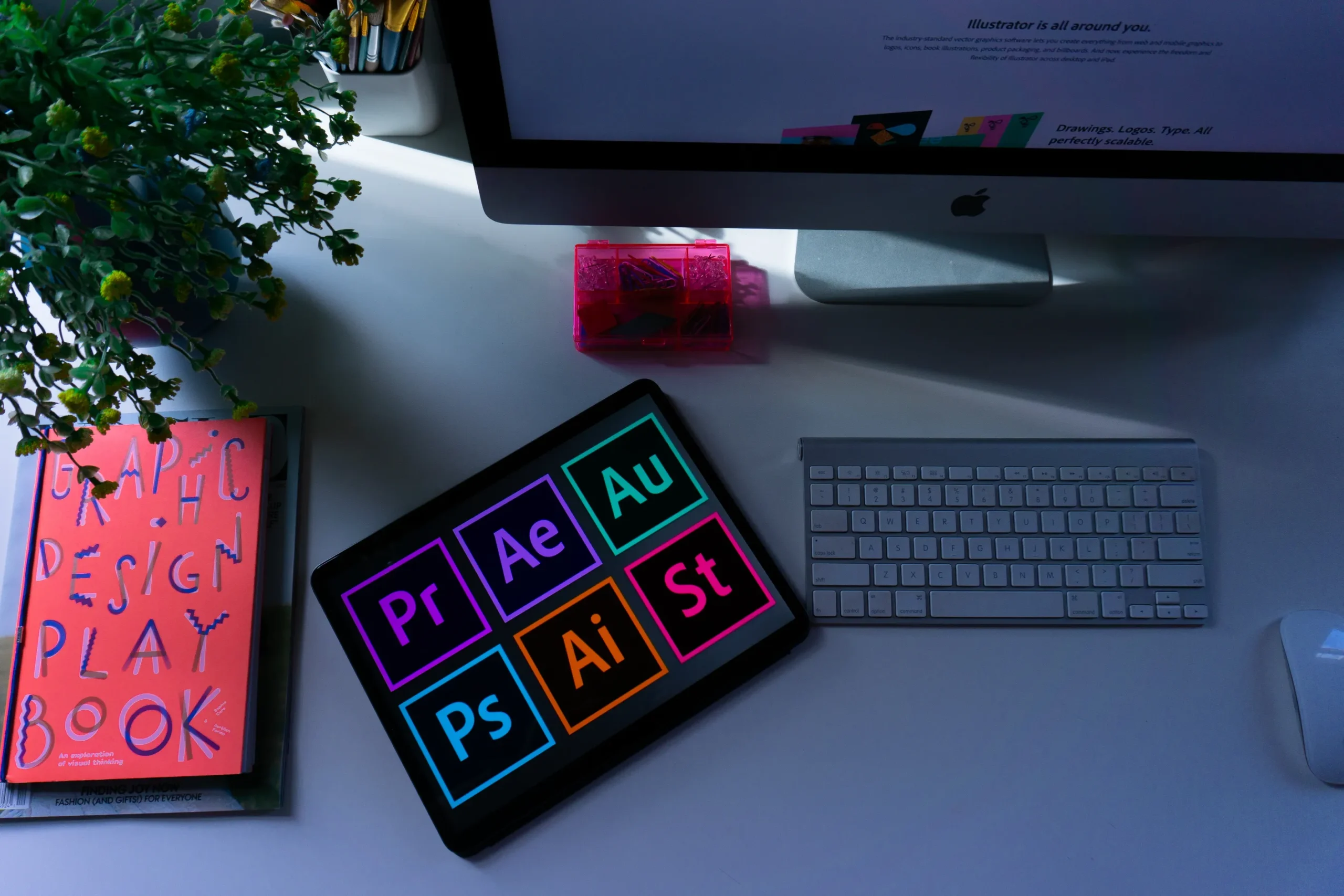
What are the 8 types of graphic design?
Introduction
Graphic design is a dynamic and indispensable field that seamlessly blends art and technology to communicate messages visually. In today’s digital age, where first impressions matter, graphic design plays a pivotal role in capturing attention and conveying information effectively.
Traditional Graphic Design
At its core, traditional graphic design involves the use of tangible materials and tools to create visual elements. Rooted in history, it encompasses a range of techniques, from hand-drawn illustrations to print layouts. Understanding the fundamental elements and principles is crucial for any graphic designer aiming to create timeless and impactful designs.
Digital Graphic Design
With the advent of technology, graphic design has transitioned into the digital realm. Designers now leverage sophisticated software tools and applications to bring their creative visions to life. This shift has not only expanded the possibilities but has also accelerated the design process.
Visual Identity Design
Visual identity design goes beyond creating aesthetically pleasing visuals; it involves shaping the perception of a brand. By carefully selecting colors, fonts, and imagery, designers create a cohesive brand identity that resonates with the target audience, leaving a lasting impression.
Publication Graphic Design
Designing for print media requires a unique set of skills. From crafting engaging layouts to selecting appropriate typography, publication graphic design ensures that the message is not only seen but also understood in the intended manner.
Packaging Graphic Design
In a world filled with choices, packaging graphic design can make or break a product. Striking the right balance between visual appeal and functional design is crucial. Packaging designers often find themselves at the intersection of art and commerce.
Motion Graphic Design
Motion graphic design adds a dynamic element to static visuals. Through animation and movement, designers create captivating content for multimedia platforms, advertising, and entertainment. It’s a field that continuously pushes the boundaries of creativity.
Web Design
In the digital landscape, user interface (UI) and user experience (UX) are paramount. Web design focuses on creating visually appealing and user-friendly interfaces that enhance the overall online experience. Staying abreast of trends and innovations is essential in this ever-evolving field.
Environmental Graphic Design
Designing for physical spaces requires a holistic approach. Environmental graphic design involves creating visuals that seamlessly integrate with the surroundings, enhancing the overall atmosphere. From wayfinding signage to immersive installations, this type of design is integral to various environments.
Typography in Graphic Design
Typography is an art form in itself. The choice of fonts, spacing, and arrangement of text significantly impacts the readability and visual appeal of any design. Understanding the principles of typography is fundamental for effective communication.
Infographic Design
In a world bombarded with information, infographics are a powerful tool for conveying complex data in a digestible format. Graphic designers skilled in infographic design can turn intricate information into visually engaging and easily comprehensible content.
Interactive Design
Engaging users in the digital space often involves interactive elements. Whether it’s a website, app, or multimedia presentation, interactive design enhances user participation and creates a memorable experience. Examples abound of successful interactive designs that have left a lasting impact.
Challenges in Graphic Design
While the world of graphic design is exciting, it comes with its set of challenges. Keeping up with rapidly evolving trends and technology is a constant struggle. Moreover, striking a balance between creative expression and meeting client expectations requires finesse.
The Future of Graphic Design
As technology continues to advance, the future of graphic design holds exciting possibilities. Augmented reality, artificial intelligence, and other emerging technologies will likely shape the landscape. Graphic designers who embrace these innovations will find new avenues for creativity and expression.
Conclusion
In conclusion, graphic design is not just about creating visually appealing images; it’s about telling a story, conveying a message, and leaving a lasting impression. Aspiring graphic designers should embrace the challenges, stay curious, and continuously hone their skills to thrive in this dynamic field.
FAQs
- What skills are essential for a career in graphic design?
- A successful graphic designer should have a strong foundation in design principles, proficiency in relevant software, and effective communication skills.
- How has technology changed the landscape of graphic design?
- Technology has shifted graphic design from traditional methods to digital platforms, enabling faster creation, collaboration, and a broader range of possibilities.
- Why is visual identity crucial for businesses?
- Visual identity creates a consistent and recognizable brand image, fostering trust and connection with the target audience.
- What role does typography play in graphic design?
- Typography is a vital aspect of design, influencing the readability and aesthetic appeal of visual content.
- How can graphic designers stay updated with industry trends?
- Graphic designers can stay informed by regularly exploring design blogs, attending conferences, and participating in online communities.